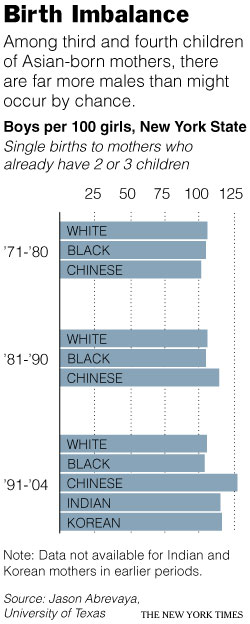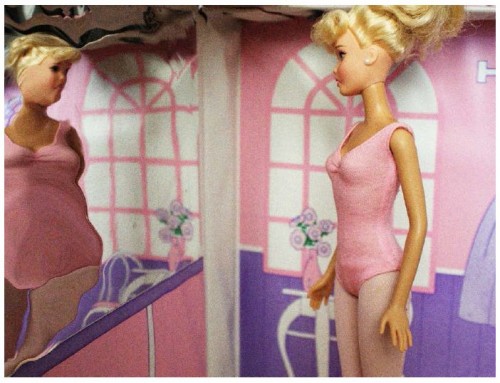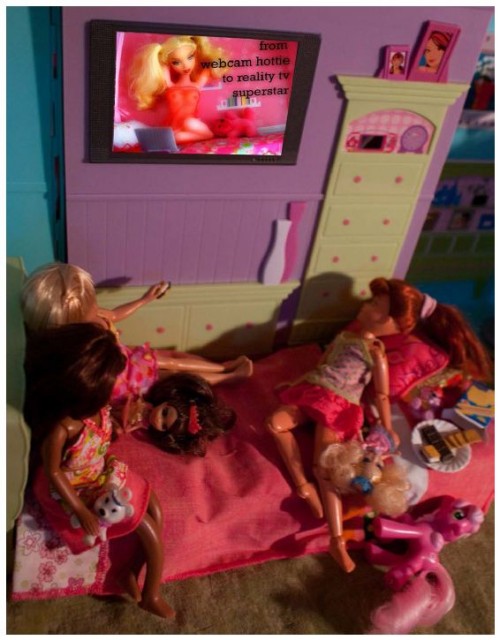Yes, but it was a weird thing you see.
The Nazis were waging war and exterminating Jews. Meanwhile, Christmas was about celebrating peace and the birth of Jesus, a Jew.
Said the Nazi propagandist Friedrich Rehm in 1937:
We cannot accept that a German Christmas tree has anything to do with a crib in a manger in Bethlehem. It is inconceivable for us that Christmas and all its deep soulful content is the product of an oriental religion.
But Germans were largely Christian, so getting rid of Christmas was going to be tricky. So Hitler turned it into a celebration of the Third Reich. According to John Brownlee, they re-wrote Christmas carols to extol the virtues of National Socialism. Mentions of Jesus were replaced with “Savior Führer.” Since they well understood that Santa wasn’t white, they re-cast the character; he was played by the pagan god Odin. And they changed the ornaments and placed swastikas atop Christmas trees.
Here are links to a Hitler ornament and Nazi tree topper, swastika cookie cutter, and swastika ornaments:
The last Nazi Christmas was in 1944. Post-war Germany quickly “did with Hitler’s Christmas what they did with every other idea the Nazis had come up with: denounced it…”
Photo by Monado flickr creative commons.
Lisa Wade, PhD is an Associate Professor at Tulane University. She is the author of American Hookup, a book about college sexual culture; a textbook about gender; and a forthcoming introductory text: Terrible Magnificent Sociology. You can follow her on Twitter and Instagram.












